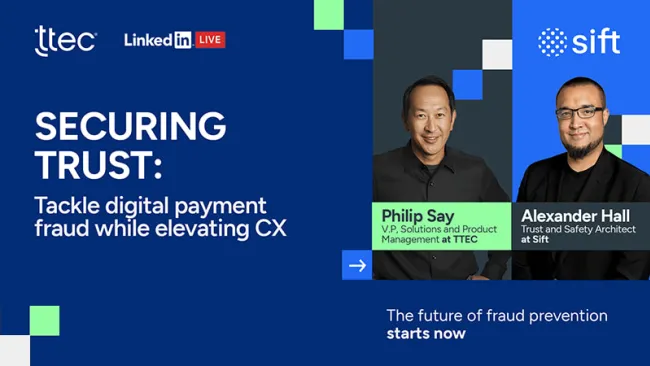Customers regularly cross-channel shop with competitive retailers—both in-store and elsewhere—making it increasingly difficult for merchants to preserve loyalty and retain customers.
Still, research shows that consumers are willing to stay loyal to a small number of retailers when their expectations are met. When asked for the number one reason consumers shop with a favorite retailer, brand trust is cited by 86 percent of respondents, according to a February 2014 study by PwC based on 15,000+ online surveys with global consumers.
Bolstering loyalty through relationship-building
In an effort to keep customers loyal, retailers have traditionally accentuated financial rewards as a staple of customer loyalty programs. But increasingly, savvy retailers have come to recognize the importance of using loyalty programs to build deeper, more personalized relationships with customers.
Connecting with customers on a personal level has been found to strengthen business performance. Retailers can draw off unique information they have about customers including demographics, lifestyle status, transactional, behavioral, and sentimental data to craft customized messaging and experiences via loyalty programs that can rejuvenate customer relationships.
For instance, a retailer can offer product recommendations based on a customer’s recent purchase and transaction history much like Amazon does. Taking this a step further, a retailer can also analyze a customer’s lifestyle status and other information that’s known about her to place a spotlight on products the customer may not know about that may interest her.
Hiring the right associates
Of course, there are other technologies and techniques that retailers can use to differentiate the customer experience and strengthen loyalty.
Recruiting the right associates who are knowledgeable about a retailer’s primary product offerings (e.g., technology, fashion, sporting goods, home improvements) and have the requisite communication skills can deliver intelligent engagement and delight customers.
Indeed, a 2014 Forrester Research study titled "Customer Desires Vs. Retailer Capabilities: Minding the Omnichannel Commerce Gap" reveals that 68 percent of consumers expect sales associates to be experts on products offered in-store.
Recruitment efforts can be aided by the use of cutting-edge candidate assessment tools which can help identify and hire associates with the right knowledge and communication skills to meet customer expectations. The recruitment and retention of highly skilled staff can boost productivity and lower the cost to serve, while increasing customer satisfaction and word-of-mouth referrals.
Re-engaging with estranged customers
One of the biggest challenges many retailers face is winning back customers who have departed for any number of reasons (poor experiences, better perceived value from other retailers).
There are numerous ways to use customer data, analytics, and other technologies to identify inactive customers and to reconnect with them. As a starting point, transaction data can enable retailers to identify dormant customers. Relevant content based on what’s known about a customer can then be used for re-engagement opportunities.
Meanwhile, behavioral information can also be used to reconnect with a latent customer. For instance, when a former or infrequent customer searches online for certain products or services, a retailer can place an advertisement that’s focused on the customer’s expressed interests and geographic location to generate attention to its offerings.
In some cases, customers disengage with brands after tuning out to ‘batch and blast’ email campaigns. Retailers can use purchasing and other information that’s known about a detached customer to send personalized messages, such as a sale offer on a favorite brand. For instance, a home improvements customer who historically has had high levels of interactions with the retailer’s mobile website could be sent customized offers and messaging to his smartphone based on changes in his lifecycle status (e.g., children have graduated from college and opportunities to remodel his home).
Disengaged customers offer a tremendous opportunity for retailers to test out new strategies for re-engagement. Drawing on customer information and the use of analytics is a great way to engage with active patrons and to re-connect with detached customers. The use of customer data also presents tremendous opportunities to strengthen customer relationships through deeper engagement and to fortify loyalty.
Also, check out the most recent issue of our e-newsletter.
Strengthening Loyalty and Winning Back the Capricious Retail Customer















